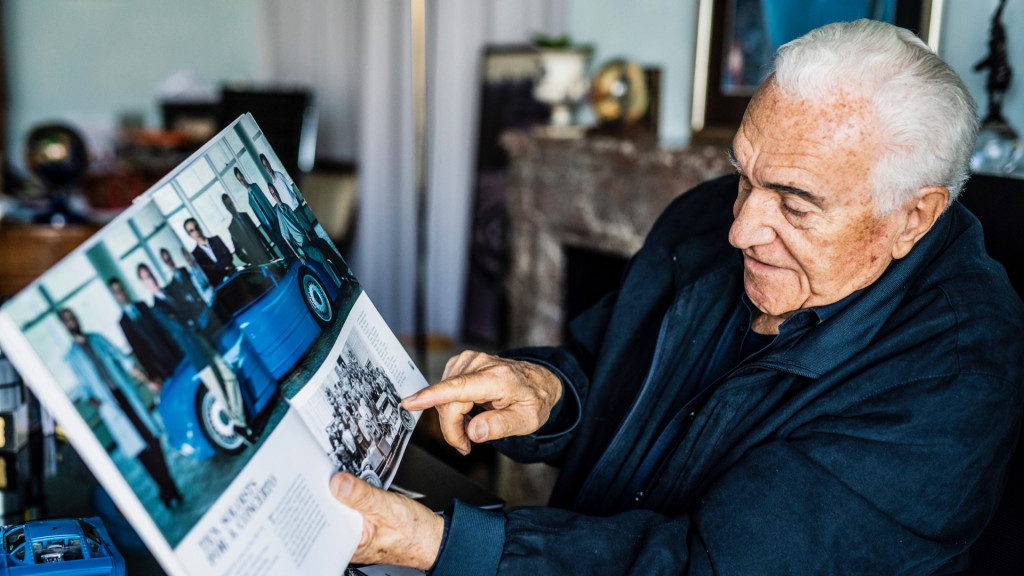In 1991, Italian businessman Romano Artioli launched the Bugatti EB 110, reviving Bugatti after decades in hibernation. While Artioli's revival of Bugatti quickly flamed out, it laid the foundation for a second attempt to bring Bugatti back under Volkswagen Group stewardship. That one stuck, and today's Bugatti leadership hasn't forgotten the roles played by Artioli and the EB 110 in the automaker's survival.
"Romano Artioli is a part of our brand's history," Bugatti CEO Stephan Winkelmann said in a biographical press release of the man behind the EB 110. "It was thanks to his initiative and perseverance that Bugatti was revived."
Born in 1932 near Mantua, Italy (hometown of famed racing driver Tazio Nuvolari), Artioli's love of cars started at a young age. When Bugatti ceased production in 1952, the then 20-year-old Artioli vowed to bring it back. He spent decades working as an importer and Ferrari dealer in his home country before putting that plan into action.
Artioli began negotiating with the French government for the rights to the Bugatti name in the mid-1980s, and founded Bugatti Automobile S.p.A. in 1987. He wanted to locate the revived automaker at its original home in Molsheim, France, but the lack of facilities and trained engineers in the region made that too difficult, Artioli said in a statement.

Romano Artioli
Instead, Artioli built a new factory from scratch in Campogalliano, Italy. Located in the Modena province near the home bases of Ferrari, Lamborghini, and Maserati, this allowed Artioli to take advantage of the existing infrastructure of the Italian auto industry. The factory, which still exists today, was designed by Artioli's cousin Giampaolo Benedini, with a much more stylish appearance than the average car factory.
Artioli briefly realized his dream. Launching the EB 110 in 1991, coinciding with Ettore Bugatti's 110th birthday, got people's attention, but the new supercar also had the performance to hold it. The all-wheel drive EB 110 sported a quad-turbocharged 3.5-liter V-12, carbon-fiber bodywork, and a claimed 218-mph top speed. Even Michael Schumacher had one.
However, only 128 cars were built before financial issues (including debts incurred by Artioli after an investment in Lotus) sent Bugatti into bankruptcy. When the company declared bankruptcy in 1995, it had almost completed a prototype for its next model, Artioli said. This would have been the EB 112, a super sedan with a 6.0-liter V-12 in a front-midship position, and a carbon-fiber chassis, Artioli said.
A handful of additional cars were built using spare chassis, some of which were also used for the SP-110 Edonis Fenice announced in 2018. The VW Group, which acquired the rights to the brand in 1998, achieved what Artioli could not, moving Bugatti back to Molsheim and keeping the automaker afloat long term. Recently, Bugatti launched the limited-edition Centodieci as a tribute to the EB 110.